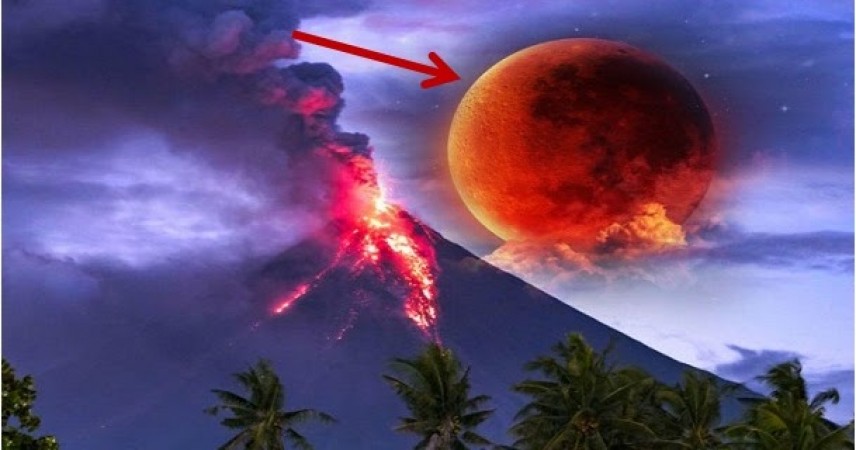
The celestial phenomenon of a "blue moon" has long captured the imagination of skywatchers and stargazers. But is there a connection between this rare lunar event and the Earth's volcanic eruptions? In this article, we delve into the intriguing relationship between blue moons and volcanic activity, uncovering the scientific facts and dispelling any myths.
To begin our exploration, let's first clarify what a blue moon actually is. Contrary to popular belief, a blue moon has nothing to do with the moon's color. Instead, it refers to the occurrence of two full moons within a calendar month. Typically, we experience one full moon per month, making the occurrence of two full moons in a single month a relatively infrequent event.
Now that we've defined a blue moon, let's consider the lunar influence on our planet. The moon's gravitational pull is known to affect Earth's tides, creating the ebb and flow we observe in oceans and seas. This gravitational force, primarily driven by the moon's position in relation to Earth, is a key player in the phenomena of high and low tides.
One might wonder how the moon's gravitational pull connects to volcanic eruptions. While the correlation is not direct, there are intriguing relationships worth exploring.
The moon's gravitational force causes tidal stresses on Earth's crust. These stresses are most pronounced during periods of high tidal activity, such as during a blue moon. While these stresses alone don't trigger volcanic eruptions, they can influence the timing of eruptions in volcanically active regions.
Volcanic eruptions are often preceded by seismic activity, including earthquakes. It's known that tidal forces, including those caused by the moon, can induce stress on geological faults, potentially leading to seismic events. In some cases, increased seismic activity can be a precursor to volcanic eruptions.
Throughout history, there have been anecdotal reports linking volcanic eruptions to lunar events, including blue moons. While these accounts are intriguing, they lack the scientific rigor necessary to establish a definitive causal relationship.
In the realm of modern science, researchers have studied the potential links between lunar phases and volcanic activity. While some studies have suggested correlations, the results have been inconclusive, and the mechanisms behind any potential connections remain complex and poorly understood.
In conclusion, the connection between blue moons and volcanic eruptions remains a topic of scientific intrigue. While there are plausible mechanisms through which lunar forces could influence volcanic activity, the evidence is not yet sufficient to establish a clear cause-and-effect relationship. The study of Earth's dynamic systems, including volcanism and lunar phases, continues to be a field of active research, and future discoveries may shed more light on this captivating connection. As we gaze at the night sky during a blue moon, we can ponder the mysteries of our universe, including the subtle but fascinating ties between celestial events and our dynamic planet.
Avoid these food items in young age, otherwise kidney disease will occur before old age